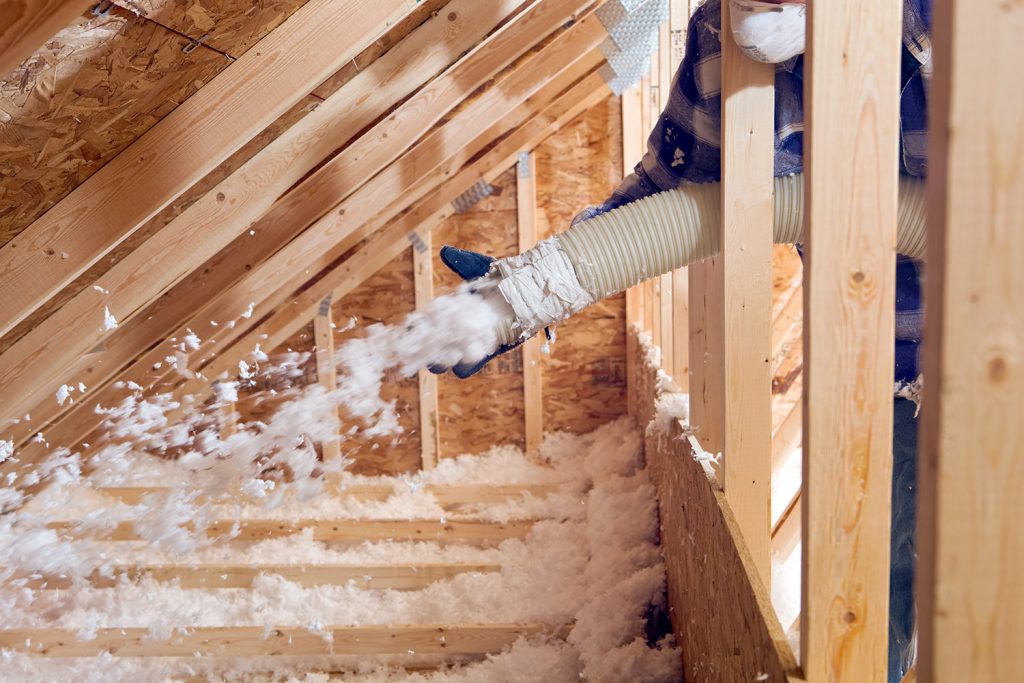
By Marty Lasure
LET’S FACE IT:
Tackling a home weatherization project can be like a trip to the dentist. You know you need to do it; you know the outcome will be worth it. But that doesn’t stop you from trying to put it off.
While we can’t help those with dentophobia, if the cost of installing solar panels or a new heat pump, or replacing your water heater, is giving you the heebie-jeebies, keep reading.
The weatherization tax credits found in the Inflation Reduction Act (IRA), can make the short-term cost and long-term benefits of projects like those more palatable.
The IRA offers a wide range of new and expanded incentives for households to make energy-efficient investments.
Some of those are for the big-time projects (like solar panels; heat pumps, including geothermal systems; and water heaters) but there are a number of ways to benefit from the incentives offered for simple weatherization efforts.
From tax years 2023 to 2032, homeowners can receive a tax credit for up to 30% of the cost, up to a certain limit, on things like insulation, windows, doors, skylights and even roofs.
Insulation products are defined as those designed to reduce a home’s heat loss or gain. That includes common products such as batts, rolls, blow-in fibers, rigid boards, expanding spray and pour-in-place options. Certified products such as weather stripping, spray foam, caulk and house wrap for sealing cracks and reducing air leaks may also qualify.
Roofing products covered are Energy Star®-certified metal and asphalt items with pigmented coatings or cooling granules to decrease heat gain.
And when it comes to windows, doors and skylights, you don’t have to replace everything. Even if it’s just one door or window at a time, you can still qualify if the product meets Energy Star® criteria, which can be found at EnergyStar.gov.
If you aren’t sure what upgrades would benefit your home the most, schedule a home energy audit which may itself qualify for a tax credit of up to $150.
There is a yearly limit on the annual credits you earn. The maximum each year is $1,200 for energy property costs and certain energy efficient home improvements (such as doors, windows and energy audits).
However, there is no lifetime dollar limit. You can claim the maximum annual credit each year up until 2032.
It’s also important to note that you can’t get back more on the credit than you owe in taxes and any excess credit cannot be applied to future tax years.
MARTY LASURE is vice president of communications and member services at Bartholomew County REMC in Columbus, Indiana.



